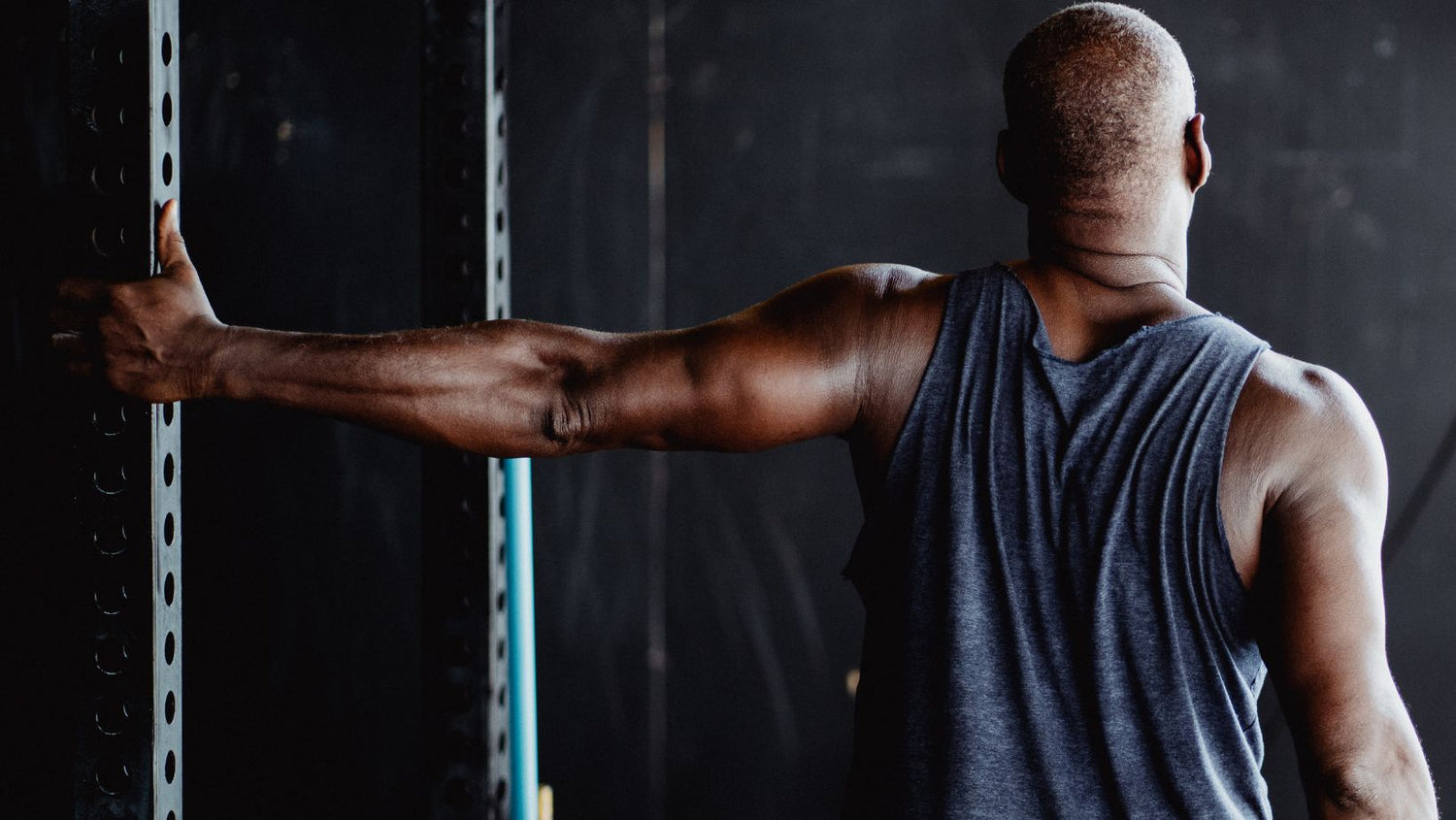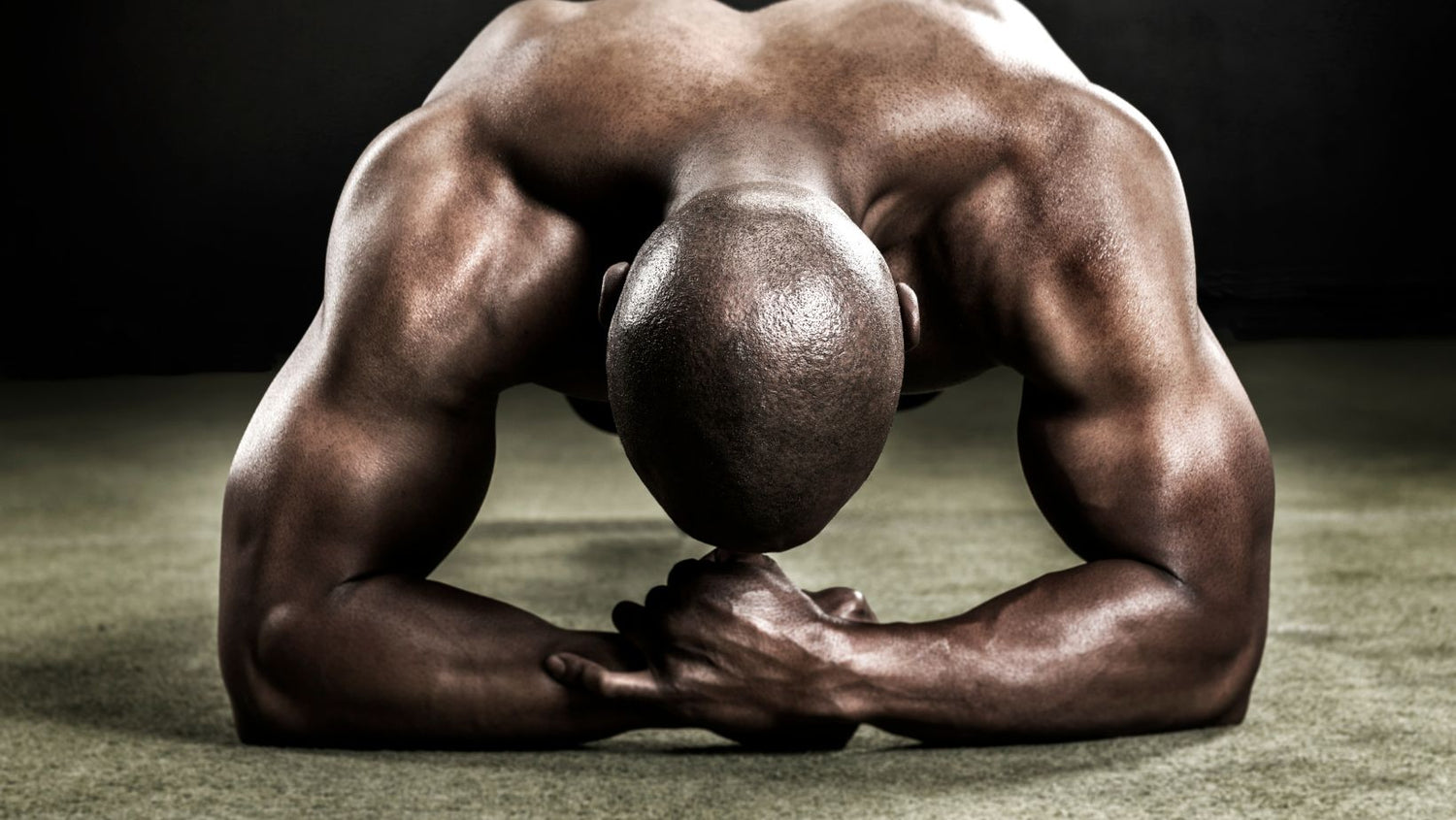Every bodybuilder is driven by the desire for muscle hypertrophy. We all know that spending hours in the gym lifting weights is the path to achieving muscle gains. However, there are ways to reach those goals.
What we're discussing here is not revolutionary. There are no muscle programs or overnight pills that will pump you up instantly. Instead, we're talking about a technique in the world of fitness—stretching.
Stretching may seem basic and effortless, something that yoga enthusiasts swear by, but is often overlooked by bodybuilders. Surprisingly, stretching plays a role in enhancing muscle growth. Of course, intense training and a proper diet should always be prioritized.
Yet, during the recovery phase, stretching becomes a tool for facilitating muscle growth. It's important to remember that mastering stretching techniques and timing is crucial to benefit from it and prevent injuries.
Let's start with a rule: never stretch muscles as it can lead to tears and strains. To prepare your muscles for a stretch, warm-up exercises or a bit of cardio can get your blood flowing.
But that's the first step, stretching during mid-weight training is not easy. If you stretch your muscles incorrectly, it can actually harm the muscle group you are targeting. So it's best to avoid stretching muscles that are actively engaged during your workout. Instead of stretching when you feel soreness, consider giving yourself a massage in between sets.
Stretching the muscles you are actively working on can have consequences beyond the risk of injury. It can actually weaken those muscles, which can affect their ability to lift weights effectively.
Now, if stretching those target muscles isn't recommended, how does stretching contribute to muscle growth? Well, the secret lies in stretching the antagonist muscles. These are the muscles opposite to the ones you're working on.
For example, if you're focusing on your chest muscles during a workout session, try stretching your lats instead. Similarly, if you're targeting your quadriceps, focus on working out your hamstrings. If it's your biceps that need attention, give some love to your triceps.
This technique helps with the recovery of the targeted muscles while you're still in the midst of your workout routine. Stretching the antagonist muscles between sets not only relieves tension but also prepares them for the next lifting session.
Timing is crucial when it comes to stretching for muscle growth. Stretching unwarmed-up muscles can increase the risk of injury. Attempting to stretch during lifts may decrease their strength and performance. This leaves us with one way to incorporate stretching into our routine: post-workout. Stretching after exercising minimizes risk while maximizing its benefits for muscle growth.
You can even make stretches more challenging by adding weights to them. To get the most out of your chest muscle stretch, you might want to try adding a dumbbell into the mix.






